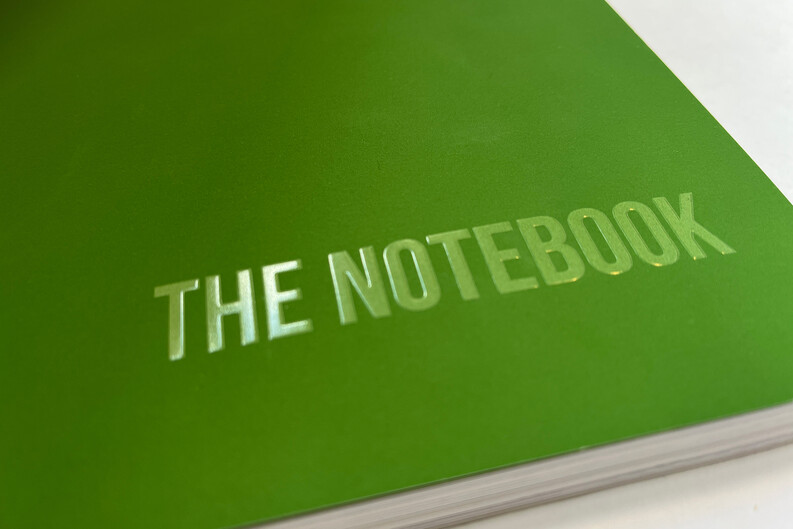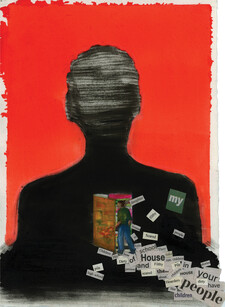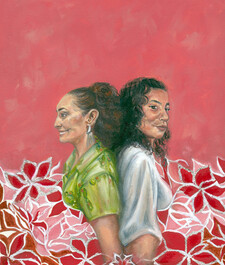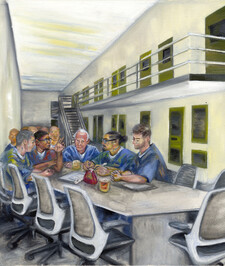Through Words and Art, Justice Collaboratory Publication Explores Community Vitality


After nearly a decade of scholarship and collaboration dedicated to promoting a theory-driven and evidence-informed criminal legal system, the Justice Collaboratory at Yale Law School is creating new ways to expand its relationships and reach beyond academia.
The center’s inaugural edition of The Notebook is the result of year-long partnership with a variety of authors and artists to create something that resonates with a wide audience.
“The Notebook is our take on an accessible and engaging publication for anyone who cares to learn about the topics of justice, safety, and wellbeing,” said Caroline Nobo, Justice Collaboratory Executive Director. “It’s for a diverse group of stakeholders including community leaders, students, policymakers, researchers — in other words, there’s something for everyone.”
The Notebook is a collection of art, opinion, scholarship, and personal reflection exploring the concept of community vitality, the idea that strong communities are safe communities. The publication is free for anyone to download.

The inaugural issue includes:
- 18 articles, including first-hand accounts of the complex prison economy and the role of artistic expression in prison, to poetry that reflects a mother’s anguish over losing her son.
- Contributions from Justice Collaboratory members including Yale Law School’s Monica Bell ’09, Elizabeth Hinton, and Miriam Gohara; Johns Hopkins’ Vesla Weaver; Barnard’s BJ Casey; Columbia’s Sudhir Venkatesh; and Boston University’s Rodrigo Canales.
- Viewpoints from a diverse group of authors, including those impacted by the criminal legal system.
- Original art by artist Chidinma Dureke and design by Yale Printing & Publishing Services’ Gregg Chase.
- A comprehensive glossary of justice terminology.
Art and various elements from The Notebook will be on display in several locations throughout New Haven. These include:

- Q-House, a beloved community center in the historic New Haven Black community of the Dixwell and Newhallville neighborhoods.
- The Common Room of Dwight Hall, a historic building home to Yale’s student-led service organization.
- The Fairway, the pedestrian causeway central to the CT State Community College Gateway.
The Justice Collaboratory at Yale Law School is a group of nationally recognized academics, researchers, and social scientists who have joined together to build a more just, effective, and democratic criminal legal system by advancing public policies that are scientifically proven to build strong and safe communities where all citizens can thrive.


